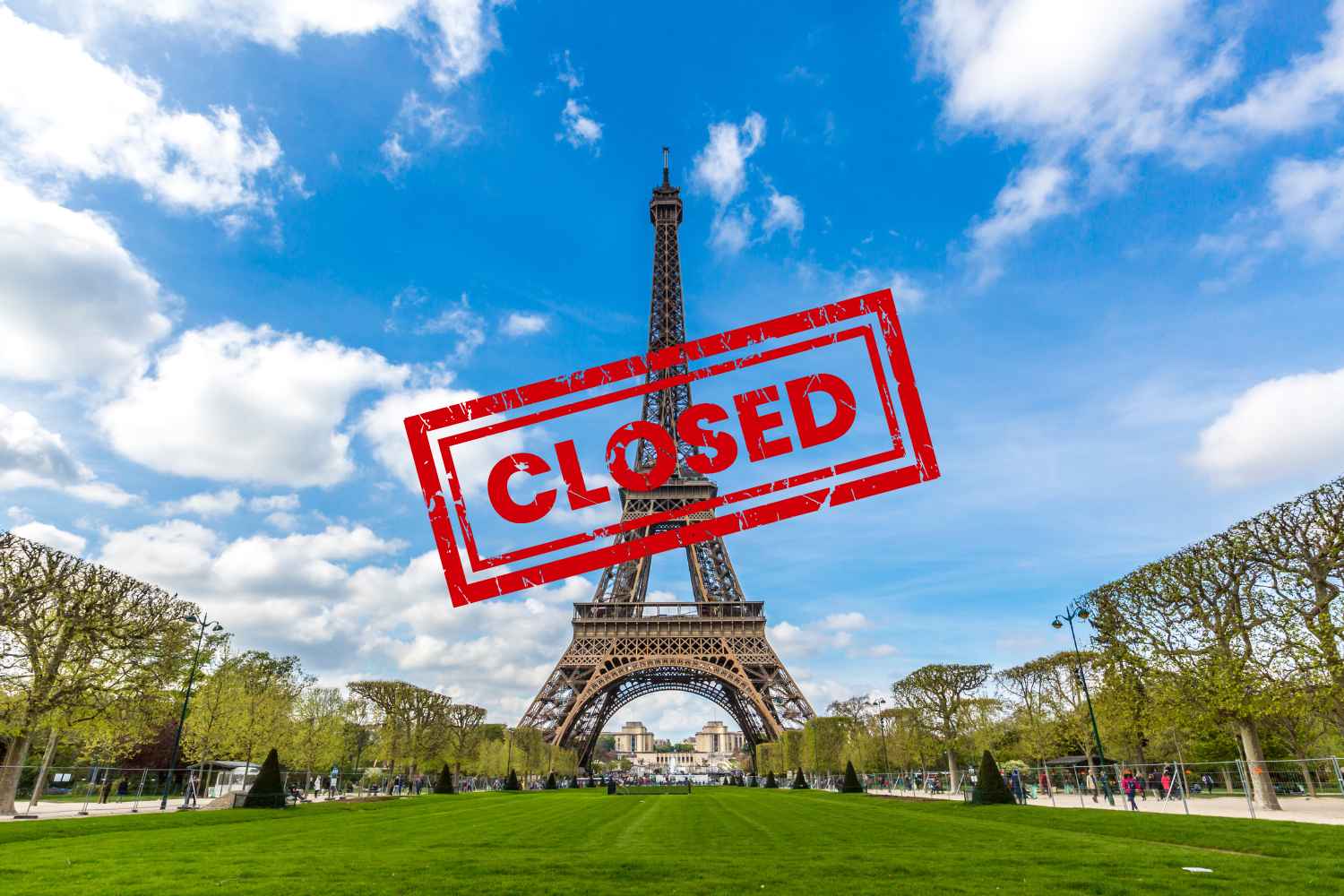Extreme heat forces Paris to close the Eiffel Tower's summit. Tourists face disruptions as France grapples with record-breaking temperatures and climate-driven challenges.

The European summer of 2025 has become a trial by fire—literally. As Italy struggles under unprecedented heat, France is buckling under temperatures approaching 104°F (40°C). In Paris, one of the most-visited cities on the planet, authorities have been forced to make a decision that would have once seemed unthinkable: temporarily closing access to the top of the Eiffel Tower.
It’s a sobering move, especially for a monument that has come to define the city’s skyline—and its soul. But as the mercury climbs, so does the risk. The iron structure of the Eiffel Tower, exposed all day to the full glare of the sun, has been heating up to over 113°F (45°C) at its summit, creating not just discomfort but serious safety concerns for both visitors and workers.
Safety before spectacle
As of July 1st, tourists hoping to gaze out over Paris from the top of the “Dame de Fer” will have to put those dreams on hold. The closure, which was initially planned only until July 2nd, might be extended if this brutal heatwave continues to smother the city.
The last entry is now capped at 2:30 PM, with the entire tower closing to the public by 4:00 PM. It caught many travelers off guard—especially those who’d booked tickets in advance—but full refunds are available for those affected. The first and second levels of the tower remain open, and yes, you can still climb them if you’re up for it.
It’s a decision that wasn’t taken lightly. But in a summer like this, comfort isn’t the issue—safety is.
Beyond the tower: a national emergency
Paris isn’t alone in this crisis. A red alert has been declared in sixteen French regions, mostly in the country’s central and southern areas. Emergency protocols have kicked in to shield vulnerable populations. Cooling stations have been set up in public parks, while fountains and misting systems line the streets of major cities like Paris and Lyon.
Transport infrastructure hasn’t escaped the chaos either. The popular Milan–Paris train route has been disrupted due to landslides in the Savoie region, between Modane and Saint-Jean-de-Maurienne. France’s national rail operator, SNCF, aims to resume partial service by July 5, but warns that full operations might not return until mid-July.
What tourists should know
Authorities are urging visitors to rethink their itineraries, especially during the hottest parts of the day. Staying hydrated is critical, and shade—or better yet, air conditioning—is your friend. Luckily, Paris has no shortage of indoor refuges: think museums, art galleries, historic cafés, and even the occasional luxurious shopping mall.
In a welcome gesture, the city has decided to keep parks and gardens open into the night, giving both locals and tourists a chance to breathe—literally—when the sun goes down. It’s a rare move, but one that underscores just how severe the situation has become.
As the city swelters, so too does the conversation around climate. This isn’t just a hot spell; it’s another blunt reminder of how climate change is reshaping tourism across Europe. Famous landmarks, long seen as immutable parts of a postcard-perfect vacation, are now vulnerable to increasingly volatile weather.
For now, the Eiffel Tower remains partly open—but the panoramic views from its peak will have to wait for cooler days.
Face à la vigilance rouge canicule, la Ville de Paris ouvre ses parcs et jardins toute la nuit du mardi 1er au mercredi 2 juillet 2025. Infos et exceptions dans les commentaires.
Posted by Ville de Paris on Tuesday, July 1, 2025
